For such a small pest, they can cause catastrophic structural damage to homes. They feed on the wood used in home construction and destroy buildings without detection.
There are three main termite groups:
- Subterranean
- Drywood
- Dampwood
Within these three groups, Florida homeowners should be concerned with four specific species:
- Eastern Subterranean
- Formosan Subterranean
- Powderpost Drywood
- Florida Dampwood
The species of a termite infestation will inform the treatment options and allow our professionals to develop a specialized plan to protect your home. Treatment options for termites include both chemical and non-chemical procedures.
Damage of an infestation often goes unnoticed. While a trained professional can quickly identify termite damage during an inspection, homeowners can also check their homes for signs of termites. These signs of termites include:
- Discarded wings
- Mud tubes
- Hollow sounding wood
- Paint buckling
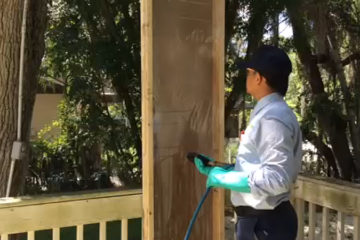
NO Tent Drywood Termite Treatment
Drywood termites require very little moisture to survive and build colonies in dry, undecayed wood. They can live in walls, structural timbers, attics, and even furniture.
LEARN MORE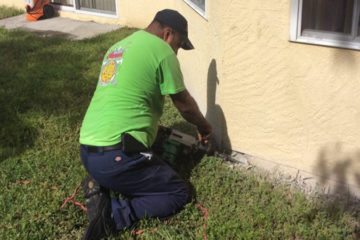
Stucco Trimming and Removal
Stucco, a popular building material used for the siding of homes, often extends below the surface of the soil, creating an open dinner invitation for termites to get between the foundation.
LEARN MORE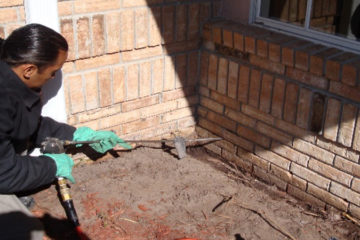
Subterranean Termite Baiting System
This type of system can lead to the termite eradication by killing of the entire colony either by the sharing of the insecticides or the killing off of the worker termites.
LEARN MORE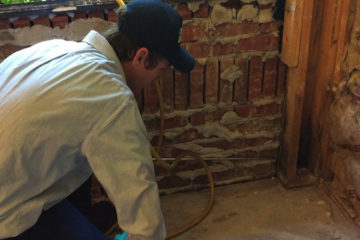
Subterranean Termite Treatment
Subterranean termites cause the most damage to homes due, in part, to their ability to grow their colonies quickly to astronomical sizes.
LEARN MORE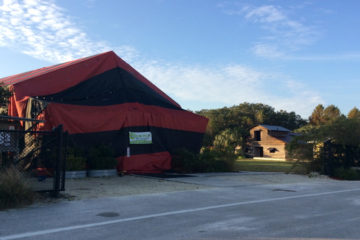
Tent Fumigation
Tent fumigation involves enclosing a home or business in a tent and releasing a gas to exterminate the termites. The tent traps the gas in the building and allows it to permeate.
LEARN MORE